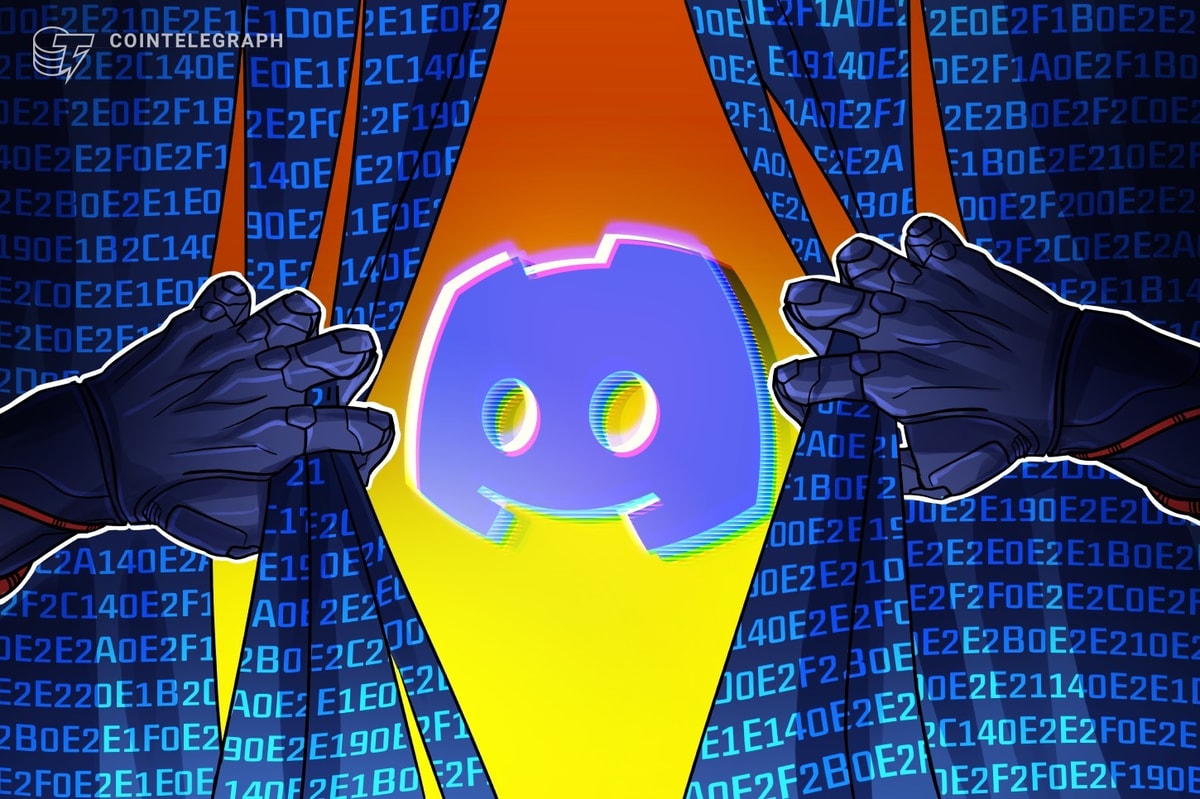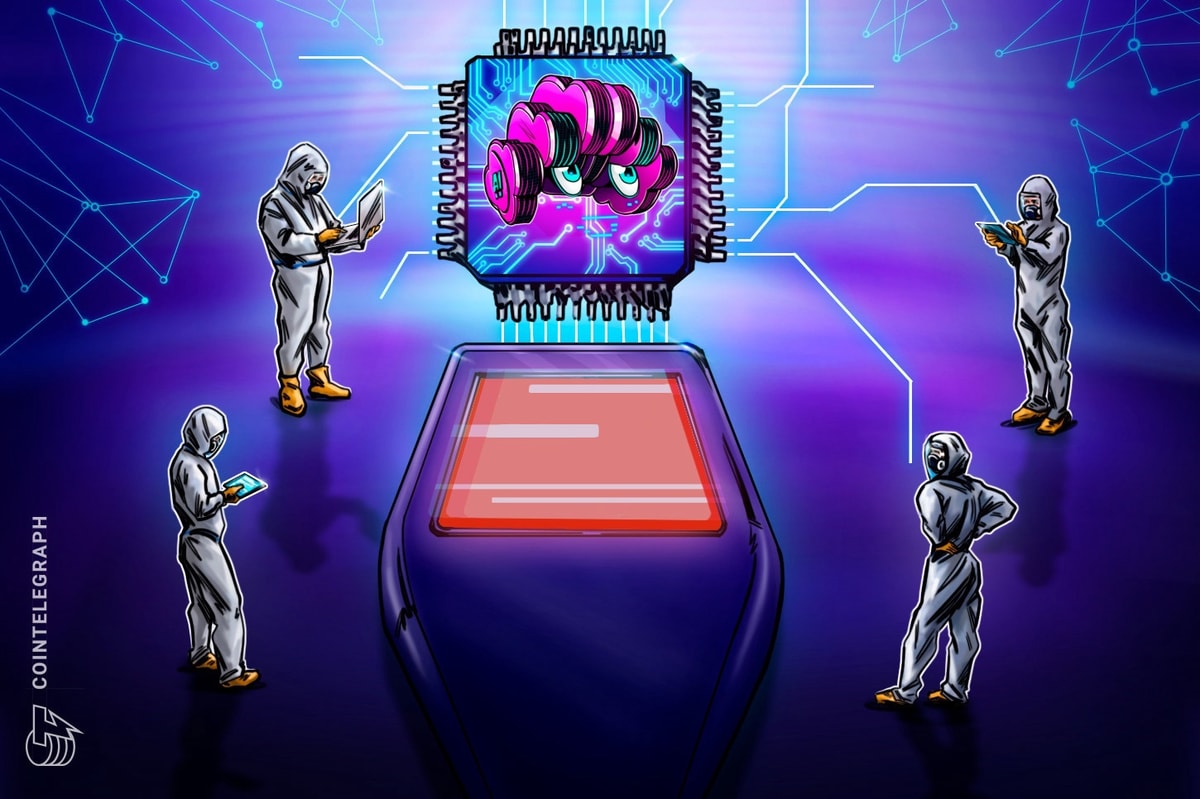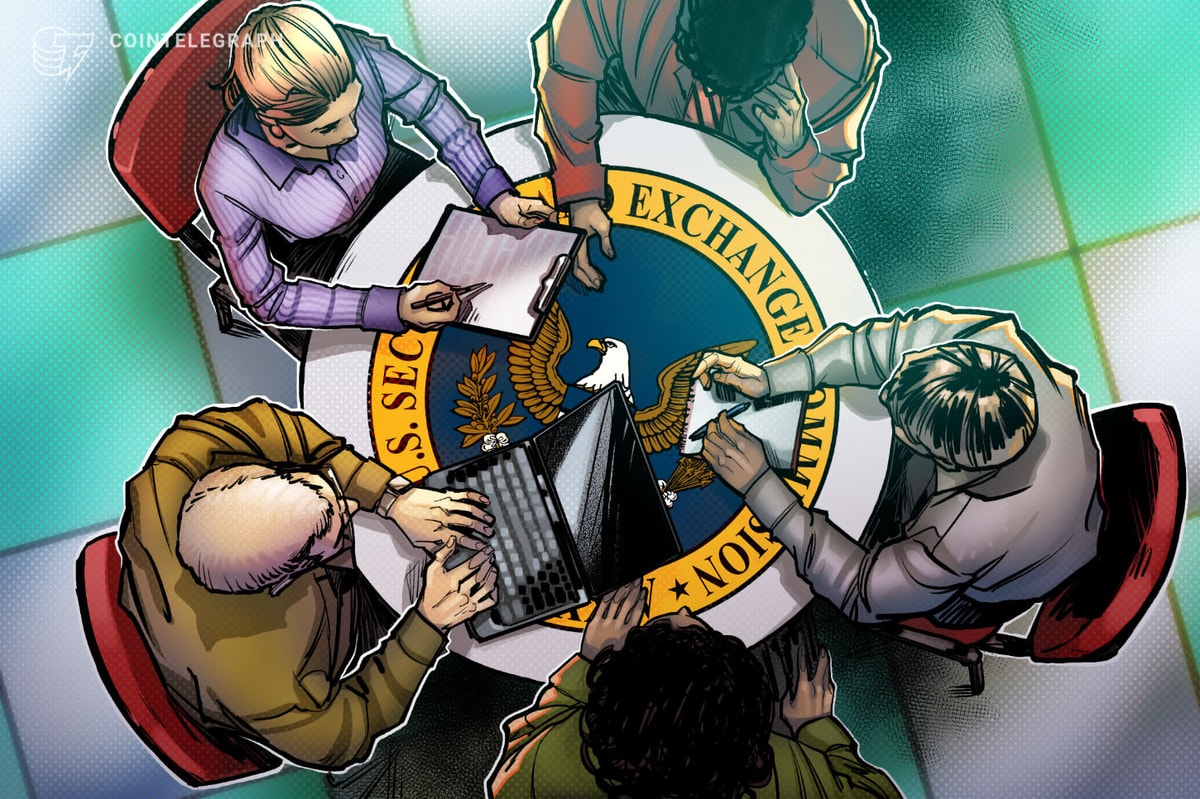
We all know that bitcoin is decentralized electronic money that runs on a network that can do all kinds of interesting things. The key question is, what can you do with bitcoin that you can’t do with anything else? What does it mean when bitcoin goes native? Note that the term “native” applied to bitcoin is due to Fred Wilson (a venture capitalist based in New York) and expanded upon by Chris Dixon (another venture capitalist based in San Francisco).
Wilson writes (in The Bitcoin Hype Cycle): “What’s more interesting is the question of what will lead us onto the slope of enlightenment? I am thinking that we will start to see native applications of Bitcoin. These would be things that simply could not exist without this technology. Donating money to charity with Bitcoin is awesome, and I do it regularly, but it is not a native application of Bitcoin.”
Dixon lists (in Some ideas for native bitcoin apps) five types of native applications: 1) International microfinance, 2) Allocating bandwidth, storage, computing, 3) Marketplaces, 4) Micropayments, 5) Incentivized social software. We will examine each of these and more.
Both of these articles discuss important directions for the potential success of bitcoin. They start to answer the questions I posed at the beginning of this article. While the efficiencies of using bitcoin, for example instead of credit cards are nice, they aren’t the kind of things that are going to cause mainstream adoption. We need to start discussing applications and services that can only exist via bitcoin, primarily via the capabilities of the bitcoin network.
Let’s examine several categories of applications: Micropayments, Peer to peer lending and remittances for the unbanked, asset allocation and sharing, and decentralized security.
Micropayments
Certainly the most discussed “native” application is using bitcoin for micropayments. Proposed as a solution to changing financial fortunes of journalism by Walter Isaacson prior to bitcoin’s existence (or prior to anyone knowing about it), Isaacson wrote in TIME in 2009 about using some, as yet unknown, payment mechanism to pay small amounts for articles. Writing in 2014, Isaacson revisited the concept now pointing to bitcoin as the mechanism that can make these types of small payments practical. I’ve written about micropayments in a prior article as well in “Bitcoin Micropayments a New Enabling Technology”.
Specifically what are micropayments, and how can they be used? If bitcoin micropayments were implemented I could go to a blog and pay authors for their writing. I could go to a site like Vimeo and pay a small fee to see someone’s cool video. Currently for charges less than a dollar, existing payment systems, such as credit cards or PayPal, can’t handle the small charges. They charge too much per transaction and are too heavy weight in their overhead. One would like to be able to pay 5 or 10 cents for small articles or perhaps even to tip someone for a clever tweet. The extremely low overhead and transaction costs of bitcoin make these tiny payments practical.
For a look at the nitty gritty detailed technical basis for bitcoin micropayments see “Rapidly-adjusted (micro)payments to a pre-determined party” in the Contracts section of the Bitcoin wiki.
Another type of micropayment is those occurring inside games and virtual worlds. (Pointed out in Adam Ludwin’s Killer App article) Second Life, in its hey day back in 2006, had many thousands of people building spaces and creating behaviors for sale. They were forced to use the “Linden Dollar” which grew to have an exchange rate with fiat currency and so-called Second Life millionaires were born. One particular Chinese woman became a virtual land baron and a real life US dollar millionaire.
The current second wave of virtual reality led by the recent purchase of Oculus by Facebook will likely lead to robust virtual worlds where payments can occur in a much more frictionless manner using Bitcoin. Micropayments can seamlessly pass from one to another for all types of services and virtual goods. The original promise of Second Life with millions of people interacting in a new type of society, which includes economics, just might come to pass this time around.
Also of note, the bitcoinj library (a Java bitcoin library) provides support for micropayment channels. It provides:
“Support for micropayment channels that let you set up a multi-signature contract between client and server, and then negotiate on the channel, allowing fast micropayments that avoid miner fees.”
Brian Armstrong CEO of Coinbase and Chris Dixon (VC) clarify some of the micropayment needs with the blog “A standard protocol for machines to negotiate bitcoin payments for resources”.
Applications for the Unbanked
According to the FDIC approximately 10 million households in the USA are unbanked. The World Bank reports that 75 of the world’s poor — nearly 2.5 billion people — are unbanked. The World Bank states: “”Providing financial services to the 2.5 billion people who are ‘unbanked’ could boost economic growth and opportunity for the world’s poor,” said World Bank Group President Robert B. Zoellick. “Harnessing the power of financial services can really help people to pay for schooling, save for a home, or start a small business that can provide jobs for others. This new report on the world’s ‘unbanked’ makes the case: the more poor people are banking today, the more they are banking on their future.”
In addition there is a revolution in access to the Internet via inexpensive mobile phone. The uptake in developing countries is astounding. Mary Meeker, noted analyst at KPCB, illustrates mobile growth:
The combination of access to mobile internet connected devices and the decentralized financial technology enabled by bitcoin offer a real method to provide modern financial services to the world’s unbanked poor. Let’s look at a couple of these financial services, peer to peer lending and remittances.
Peer to Peer Lending
Peer to peer lending, where individuals make loans to other individuals, has been around for a while and is not unique to bitcoin. It’s not a native application. However, one aspect of peer to peer lending is a native application. As pointed out in Dixon’s article mentioned above, many of the 5 billion people now gaining access to smart phones are unbanked. The combination of a smartphone and bitcoin puts a bank in your pocket (as Gavin Andresen likes to describe bitcoin). Peer to peer loans can be made to the unbanked easily.
Two prominent service providers are BTCjam and the BitLendingClub. They operate with different parameters: in one case the borrower sets the interest rate and in the other the lender can chose the interest rate. However they both allow individual lenders to loan to individual borrowers with a minimum of paperwork. It’s really permissionless lending with low overhead. Borrowers do pay a small fee to use the service but it’s far less hassle than traditional bank oriented loans — not to mention that the unbanked simply can’t get loans.
Remittances
Financial transactions such as remittances by family members working in one country sending money back home are also possible. The potent combination of bitcoin and a smartphone, which eliminates the majority of those exorbitant cross-border fees, enables the vast majority of the money to reach its intended destination. And this all happens without the recipient needing a regular bank account. Not that having a bank account is so bad, but the infrastructure needed and fees inevitably charged are an impediment in less developed countries.
According to an early service provider of bitcoin remittances, rebittance:
“In 2014, an expected US$436 Billion will be remitted by migrants back to their families in the developing world. The cost of sending all those remittances is estimated at US$47 billion or more than 10 of the entire amount. Using Bitcoin, that number could be reduced to just US$5 billion, or 1.1”
Now that’s what I call an opportunity!
Asset Allocation and Sharing
As Chris Dixon enumerated in his article, referred to earlier, assets such as network bandwidth, storage, and compute cycles can all be purchased via bitcoin in ways that allow for easy sharing. In addition bitcoin can help the so-called sharing economy by reducing friction and providing transparent auditing. Simply put, there are a bunch of different resources that are for sale. The customer of these resources simply wants to use them in as simple a manner as possible. Logging in, setting up accounts all create friction to the use of these assets. Of course the merchant selling the resources needs to be compensated. Bitcoin payment systems allow for payment without such impediments and proof of payment, important for the merchant, can also be provided.
According to Adam Ludwin (co-founder Chain.com) in Bitcoin’s Killer Apps – A Look Into the Future, one of the coming killer apps is shared assets: things like cars, living space, and computers can be shared much more easily than is currently possible. Some friends might want to share a car. This can be accomplished by assigning partial ownership and keeping track of usage right on the blockchain in a complete and unambiguous manner.
More interestingly, complete strangers can share the asset. The car, and payments, usage, and time allocation can be tracked and enforced right on the blockchain. If you didn’t properly pay for the car’s time, it might not start (enforced by car interlock systems). You sign up for such a service knowing all the ramifications ahead of time and you are personally responsible for making payments and setting up reservations. Break the rules and the system can enforce and block usage, all with transparent and totally fair mechanisms.
The rules of behavior for how people are supposed to share the car can be encoded into the system via a “smart contract” and these rules become part of the bitcoin network. This may seem a little “1984ish” but the combination of these capabilities will surely evolve into interesting useful systems. Concepts such as proof of existence and proof of work can be used to prove to all interested parties that an asset exists and has been paid for. (There is even an early service for proof of existence at: http://proofofexistence.com/. Think of it as a generalized notary service.) The combination of decentralization, smart contracts, micropayments, and transparency forms a powerful infrastructure upon with new services will be built. And these are services that can not easily exist without the bitcoin network. These are “native apps”.
Network Bandwidth
You walk into a coffee shop and want to connect to their wifi. But it’s not free. Rather than being forced to set up an account and figure out a payment method you simply set up a micropayment channel much like any other type of streamed data. You pay according to the bandwidth used and whatever other access fees, if any, the coffee shop decides to charge. The unique aspects of doing this with bitcoin and the smart contracts it enables are that identity can remain private and business can be conducted with people you don’t trust.
Storage
Dropbox is a success because it makes available cloud based storage in a very convenient manner. One annoying aspect to these cloud based system is that you have to purchase access to a fixed quantity of storage. This is a pain if, for example, you just need a lot of space, more than will fit into your quota. Wouldn’t it be great if you could pay for that additional space on a temporary basis via simple micropayment based on the time and space needed? This could easily be accomplished by whatever payment method you use to pay the cloud storage provider as you already have an account. They could however provide storage services on a more ad hoc basis to people that don’t have accounts via the low overhead and convenience of bitcoin.
Mesh Network
Mesh networks haven’t really been a big commercial success. You can’t just walk around and connect to other network nodes and seamlessly connect to get some or another service. (This is not quite true: “FireChat”, a mesh network based chat service, played a role in recent Hong Kong democracy protests, allowing participants to chat with each other in a manner that could not be blocked by taking down the central server, because there was no central server!) Mesh networks are resilient and have the potential to provide many robust services such as internet connectivity, emergency notifications and other alerts. However, the distributed nature means it’s difficult to pay the owner of a node on the network, that might be you and your cell phone, for the use of your service. Bitcoin micropayments again come to the rescue and each peer can simply set up a payment to the attached peers providing incentive to be part of the mesh and keep the network running. Personally I’d like to see some type of payment made to operators of the bitcoin network (another mesh network) to provide incentive to operate full bitcoin nodes.
Decentralized Security
Bitcoin as a decentralized system containing value also requires the ability to monitor and assure owners that their assets are indeed safe and accessible. Traditional centralized audit capabilities and services don’t really work well, or if implemented, break the bitcoin model and impede its novel functionality. Andreas Antonopoulos, a noted bitcoin advocate, testified before the Canadian Senate and closed his opening remarks with:
“In the new decentralized financial network, we have the opportunity to invent new decentralized security mechanisms based upon innovations such as multi-signature escrow, smart contracts, hardware wallets, decentralized audit and algorithm mechanic proof of reserves. These are the new decentralized regulatory and security tools that are most appropriate for a decentralized digital currency. ”
While the bitcoin blockchain is decentralized, it is also totally transparent. Anyone can browse through the transactions that have occurred, all of them, and even observe the activity in real time. It’s possible to create “read-only” bitcoin addresses that enable one to see the value contained in a particular address without worrying that the value can be stolen, because it’s read only. Strictly speaking, in bitcoin jargon, these are “watch only” addresses. You can observe the money in an address without any danger of exposing a private key on your computer. It’s a great, safe method to keep track of assets.
Multisignature transactions are particularly interesting and useful. It’s just like it sounds: multiple signatures are necessary to complete the transactions. In the bitcoin world however, you can have a richer set of signature possibilities. You can specify, for example, that 3 of 5 people must sign the transaction. Or any number N of M possible signatures can be set up in the rules for completing a transaction. Obviously requiring more than a single individual to sign a transaction increases the security of the transaction. It is another example of decentralized security as the individuals do not have to be in any central location or even have their identity revealed.
Multisignature escrow is a particular application of multisignature transactions that brings the centralized concept of escrow to the decentralized world. From an article about the company CoSignCoin that offers a multisignature escrow service:
“Multi-Signature escrow works by sending bitcoins to a securely created multi-signature Bitcoin address (Starts with a 3 instead of a 1) that requires two-of-three private keys to send a transaction. In smooth escrow transactions, CoSign Coin won’t get involved at all, as the two parties will be able to use their own private keys to send the funds out of escrow. In the case of a dispute, CoSign Coin would then step in as a second party. Of course, there is still risk that the counterparty and the escrow service could collude; however, that risk is evenly spread on both sides and seldom seen in practice.”
Smart contracts are possible because the bitcoin transactions that receive and send bitcoin value also have the interesting property of executing programmable scripts. This is an amazing capability once you grasp what’s going on. A detailed description of the basis for these contracts is at: https://en.bitcoin.it/wiki/Contracts.
Offering such services as dispute resolution makes these types of systems more appropriate for large financial transactions, and is a sign that bitcoin is growing up. As bitcoin becomes more mature the services described in this article will become robust and lead the way to more mainstream acceptance. Bitcoin applications that are only possible using the transparent, decentralized infrastructure of the bitcoin network are key to making bitcoin a success.










